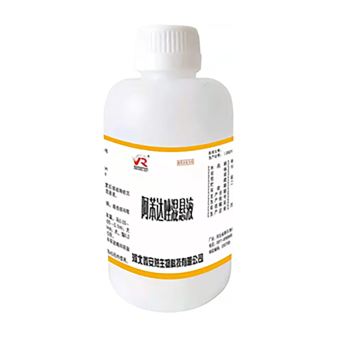- Afrikaans
- Albanian
- Amharic
- Arabic
- Armenian
- Azerbaijani
- Basque
- Belarusian
- Bengali
- Bosnian
- Bulgarian
- Catalan
- Cebuano
- Corsican
- Croatian
- Czech
- Danish
- Dutch
- English
- Esperanto
- Estonian
- Finnish
- French
- Frisian
- Galician
- Georgian
- German
- Greek
- Gujarati
- Haitian Creole
- hausa
- hawaiian
- Hebrew
- Hindi
- Miao
- Hungarian
- Icelandic
- igbo
- Indonesian
- irish
- Italian
- Japanese
- Javanese
- Kannada
- kazakh
- Khmer
- Rwandese
- Korean
- Kurdish
- Kyrgyz
- Lao
- Latin
- Latvian
- Lithuanian
- Luxembourgish
- Macedonian
- Malgashi
- Malay
- Malayalam
- Maltese
- Maori
- Marathi
- Mongolian
- Myanmar
- Nepali
- Norwegian
- Norwegian
- Occitan
- Pashto
- Persian
- Polish
- Portuguese
- Punjabi
- Romanian
- Russian
- Samoan
- Scottish Gaelic
- Serbian
- Sesotho
- Shona
- Sindhi
- Sinhala
- Slovak
- Slovenian
- Somali
- Spanish
- Sundanese
- Swahili
- Swedish
- Tagalog
- Tajik
- Tamil
- Tatar
- Telugu
- Thai
- Turkish
- Turkmen
- Ukrainian
- Urdu
- Uighur
- Uzbek
- Vietnamese
- Welsh
- Bantu
- Yiddish
- Yoruba
- Zulu
Feb . 20, 2025 09:49 Back to list
Ivermectin Injection 1%


With the backdrop of this scientific understanding, the trustworthiness of ivermectin injectables is often underscored by peer-reviewed studies and regulatory approvals that ratify their use. Regulatory bodies like the FDA and EMA provide guidelines on the permissible levels and usage parameters, ensuring a high safety threshold is met. Reports indicate that when used as directed under veterinarian guidance, ivermectin injectables show a high success rate in parasitic control with minimal adverse effects when the correct formulation is employed. However, concerns about the unregulated use of ivermectin, particularly among humans, have emerged. Although some anecdotal evidence suggests off-label uses, experts in pharmacology caution against such practices without medical supervision. The pharmacodynamics of ivermectin and its primary role in veterinary medicine underline the importance of stringent control and peer-reviewed validation for its applications beyond animal care. For those involved in product development, supply chain management, or veterinary care, staying informed and using authoritative resources to guide the utilization of ivermectin injectables is critical. Ongoing research and advancements in formulation methods continue to refine these solutions, promising improved safety and efficacy profiles. Therefore, practitioners and consumers must endeavor to access the latest professional insights and adhere to established veterinary guidelines, ensuring that ivermectin remains a trusted player in the arsenal against parasitic diseases. Through understanding the nuanced formulation of ivermectin injectables and engaging with trusted experts, stakeholders across various sectors can optimize the use of this powerful solution, safeguarding health and enhancing the wellbeing of animals worldwide.
-
Guide to Oxytetracycline Injection
NewsMar.27,2025
-
Guide to Colistin Sulphate
NewsMar.27,2025
-
Gentamicin Sulfate: Uses, Price, And Key Information
NewsMar.27,2025
-
Enrofloxacin Injection: Uses, Price, And Supplier Information
NewsMar.27,2025
-
Dexamethasone Sodium Phosphate Injection: Uses, Price, And Key Information
NewsMar.27,2025
-
Albendazole Tablet: Uses, Dosage, Cost, And Key Information
NewsMar.27,2025













